Best Places to Visit in Kedarnath 2025: Kedarnath holds a special place in the hearts of spiritual seekers and adventure enthusiasts alike. This sacred pilgrimage destination, nestled high in the Uttarakhand Himalayas, is home to one of India’s most revered Hindu temples dedicated to Lord Shiva. I’ve personally trekked to this extraordinary place multiple times, and each visit reveals new layers of spiritual depth and natural magnificence that take my breath away.
The journey to Kedarnath is as transformative as the destination itself. The region offers a profound blend of religious significance, stunning mountain landscapes, and authentic Himalayan culture that few places can match. Whether you’re a devout pilgrim seeking spiritual enlightenment or an adventure lover looking for challenging treks, Kedarnath delivers an experience that will forever change your perspective on life. This comprehensive guide will help you explore the best places to visit in Kedarnath and plan a journey filled with memorable moments and spiritual awakening.
Must Read: Best Time to Visit Kedarnath – Weather, Seasons & Travel Tips
Must Visit Places in Kedarnath
Kedarnath is Kedarnath is one of the twelve Jyotirlingas of Lord Shiva, located in the Rudraprayag district of Uttarakhand, sitting at an elevation of 3,583 meters above sea level. This remote Himalayan town is accessed primarily from the town of Gaurikund, which lies about 17 kilometers away and requires a 14-kilometer trek or pony ride to reach Kedarnath.
The region experiences a short summer season from May to June and again from September to October, while winter brings heavy snowfall that makes access difficult and forces the temple to close.
| Category | Details |
|---|---|
| Location | Rudraprayag District, Uttarakhand, India |
| Known For | Sacred Temple, Himalayan Trekking, Pilgrimage |
| Ideal Visit Duration | 3-5 days |
| Best Time to Visit | May to June and September to October |
| Local Language | Hindi, Garhwali, English |
For detailed information about the best time to plan your journey, visit our Best Time to Visit Guides.
Top 10 Best Places to Visit in Kedarnath
1. Kedarnath Temple
The Kedarnath Temple is the spiritual heart of this sacred destination and one of the twelve Jyotirlingas dedicated to Lord Shiva. This ancient temple showcases exquisite stone architecture and stands as a testament to the devotion of Hindu pilgrims across centuries. I stood before this magnificent temple during early morning hours when the mountain mist enveloped it like a sacred veil, creating an atmosphere of profound spirituality.
Why it’s worth visiting:
- Experience one of Hinduism’s most sacred pilgrimage sites
- Marvel at the ancient stone architecture built without mortar
- Witness the daily rituals and Aarti ceremonies performed by temple priests
- Receive blessings from the Kedarnath Mahadev lingam enshrined within
- Participate in the spiritual energy of millions of pilgrims seeking moksha
- Best time: May-June and September-October for temple visits and clear skies
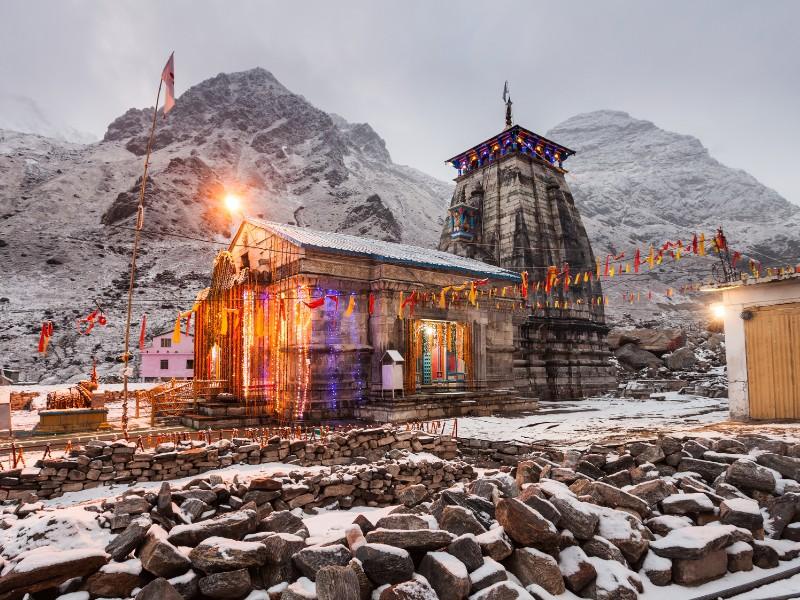
2. Chopta Trek and Alpine Meadows
Chopta, often called the “Mini Switzerland of India,” is a scenic alpine meadow located about 20 kilometers from Kedarnath. This high-altitude grassland offers stunning panoramic views of snow-capped peaks and provides excellent trekking opportunities. I spent a morning walking through these rolling meadows covered in wildflowers, and the experience reminded me why Himalayas are considered sacred.
Why it’s worth visiting:
- Trek through pristine alpine meadows covered with vibrant wildflowers in summer
- Enjoy panoramic views of Kedarnath Peak and surrounding mountains
- Spot rare Himalayan wildlife including musk deer and Himalayan birds
- Enjoy peaceful camping experiences away from crowded pilgrimage routes
- Photography opportunities with dramatic mountain backdrops
- Best time: May to June and September to October
3. Vasuki Tal Lake
Vasuki Tal is a stunning high-altitude glacial lake located approximately five kilometers from Kedarnath at an elevation of 4,149 meters. This pristine alpine lake, surrounded by rocky peaks and glaciers, offers a challenging trek that rewards adventurous hikers with otherworldly beauty. The lake sits like a sapphire nestled in the mountains, and reaching it feels like arriving at the edge of the world.
Why it’s worth visiting:
- Trek to a pristine glacial lake offering stunning mountain reflections
- Experience the raw beauty of high-altitude Himalayan terrain
- Visit a lake considered sacred in Hindu mythology
- Spot rare high-altitude wildlife and alpine flora
- Photography of dramatic mountain peaks and glacial formations
- Best time: June to September for safe trekking conditions
4. Gaurikund Sacred Springs
Gaurikund serves as the gateway to Kedarnath and is an important pilgrimage site in its own right. This town is famous for its natural hot springs believed to have healing properties and spiritual significance. The sacred springs here are mentioned in ancient Hindu texts, making Gaurikund an important stop before beginning the trek to Kedarnath.
Why it’s worth visiting:
- Bathe in the sacred hot springs believed to have medicinal properties
- Experience the spiritual atmosphere of this important pilgrimage town
- Visit the temple dedicated to Goddess Gauri
- Explore local markets selling traditional Himalayan handicrafts
- Enjoy locally prepared meals and interact with pilgrims
- Best time: May to June and September to October
5. Triyuginarayan Temple
Located about 12 kilometers from Kedarnath, the Triyuginarayan Temple is an ancient shrine dedicated to Lord Shiva where the sacred flame has been burning continuously for thousands of years. According to Hindu mythology, this is the place where Lord Shiva married Goddess Parvati. The temple site combines spiritual significance with breathtaking mountain scenery.
Why it’s worth visiting:
- Visit the temple with an eternal sacred flame burning for millennia
- Witness the main Aarti ceremony and evening rituals
- Trek through beautiful forested terrain to reach the temple
- Participate in the sacred tradition of walking around the eternal flame
- Enjoy meals in the temple’s community kitchen
- Best time: May to October for accessibility
6. Rudra Prayag Confluence
Rudra Prayag is the confluence of the Alaknanda and Mandakini rivers, located about 43 kilometers from Kedarnath. This sacred confluence holds immense religious significance in Hindu tradition and offers beautiful views of the river valleys. The site is also significant as the location where the demon Tripurasura was defeated according to Hindu mythology.
Why it’s worth visiting:
- Experience the spiritual energy of this sacred river confluence
- Observe the dramatic meeting of two important Himalayan rivers
- Visit the ancient temple dedicated to Lord Rudra
- Enjoy riverside walks and photography opportunities
- Experience the pilgrimage route’s important historical junction
- Best time: October to November and March to May
7. Kedarnath Wildlife Sanctuary
The Kedarnath Wildlife Sanctuary encompasses approximately 957 square kilometers of pristine Himalayan wilderness protecting rare and endangered species. This sanctuary is home to elusive snow leopards, Himalayan black bears, musk deer, and numerous bird species adapted to high altitudes. I’ve spent mornings observing wildlife from a distance and have been fortunate enough to spot musk deer grazing in alpine meadows.
Why it’s worth visiting:
- Trek through protected wilderness and observe Himalayan wildlife
- Spot rare species including snow leopards and Himalayan bears
- Participate in wildlife photography expeditions
- Learn about conservation efforts protecting endangered species
- Explore diverse ecosystems from forests to alpine zones
- Best time: June to September for wildlife viewing
8. Kedarnath Peak
Kedarnath Peak, standing at 6,940 meters, is the highest mountain in the region and offers challenging mountaineering opportunities for experienced climbers. The peak provides stunning views of the entire Himalayan range and numerous surrounding glaciers. Reaching this summit represents one of the most rewarding mountaineering experiences in the central Himalayas.
Why it’s worth visiting:
- Climb one of the most aesthetically beautiful peaks in the Himalayas
- Enjoy panoramic views of the surrounding mountain range from the summit
- Experience high-altitude mountaineering with experienced guides
- Photograph dramatic glaciers and mountain formations
- Achieve a sense of accomplishment and spiritual fulfillment
- Best time: May to June and September to October
9. Mandakini River
The Mandakini River, also known as the River of Lord Shiva, originates near Kedarnath and flows through spectacular gorges and valleys. This sacred river provides the lifeblood to the region and holds immense spiritual significance in Hindu tradition. I’ve spent peaceful hours sitting beside this pristine mountain river, listening to its constant flow and feeling connected to something greater.
Why it’s worth visiting:
- Experience the beauty of a pristine Himalayan river
- Trek along scenic river trails offering constantly changing views
- Fish for rainbow trout in designated areas
- Participate in river rafting during monsoon months
- Photograph the river at different times of day and seasons
- Best time: May to June and September to October
10. Kedarnath Forest and Pine Groves
The forests surrounding Kedarnath are predominantly composed of Himalayan deodar, rhododendron, and pine trees creating a serene and spiritually charged atmosphere. These ancient forests have been considered sacred by local communities for millennia and provide habitat to numerous bird species. Walking through these forests feels like entering a cathedral built by nature itself.
Why it’s worth visiting:
- Trek through pristine old-growth Himalayan forests
- Enjoy trekking routes lined with towering deodar and pine trees
- Spot Himalayan birds and small mammals in their natural habitat
- Photography of misty forest scenes and forest flowers
- Participate in forest bathing and meditation practices
- Best time: May to June and September to October
For comprehensive information about these attractions and more, explore our Travel Guides.
Things to Do in Kedarnath
Kedarnath offers a blend of devotion, exploration, and serenity.
Top activities include:
- Spiritual exploration: Attend temple rituals, aartis, and local pujas.
- Trekking: Trails to Vasuki Tal, Gandhi Sarovar, and Chorabari Glacier are popular among trekkers.
- Nature walks: Explore alpine meadows and riverbanks near Gaurikund.
- Photography: Capture sunrise over the Himalayas and spiritual moments around the temple.
Visit our Things to Do page for more activity ideas and recommendations.
Festivals and Cultural Experiences
Kedarnath’s festival calendar reflects the deep spiritual traditions and cultural heritage of the region. The most important celebration is the opening of the temple in May following the winter closure, when thousands of pilgrims gather for the inaugural ceremonies. This festival marks the beginning of the pilgrimage season and creates an atmosphere of collective devotion and celebration.
| Festival/Event | Location | Month | Highlights |
|---|---|---|---|
| Temple Opening Ceremony | Kedarnath Temple | May | Inaugural rituals, thousands of pilgrims, colorful processions |
| Navratri Festival | Kedarnath Region | September-October | Goddess worship, cultural performances, pilgrim gatherings |
| Karva Chauth | Gaurikund | October | Women’s religious ceremony, traditional rituals, community gathering |
| Makar Sankranti | Kedarnath Temple | January | Winter solstice celebration, spiritual practices |
| Temple Closing Ceremony | Kedarnath Temple | November | Final rituals before winter closure, pilgrimage completion |
The Navratri Festival in September and October attracts pilgrims seeking blessings from the divine feminine energy. During this period, traditional worship ceremonies and cultural performances celebrate the victory of good over evil. The vibrant energy during Navratri creates an unforgettable spiritual atmosphere that many pilgrims find transformative.
Karva Chauth, celebrated in October, is a traditional festival where married women gather to pray for the wellbeing of their husbands. This ceremony reflects local customs and provides glimpses into the social fabric of Himalayan communities. The temple closing ceremony in November marks the end of the pilgrimage season, with final rituals performed before winter snow makes the region inaccessible.
Travel Tips for Kedarnath
Planning a trip to Kedarnath requires careful consideration of physical fitness and weather conditions. Pack layers of warm clothing regardless of the season, as temperatures can drop significantly, especially during early morning hours and at higher altitudes. Bring comfortable hiking boots broken in before your journey, trekking poles to reduce knee strain on descents, and protective gear including rain jacket, sun hat, and sunscreen.
Acclimatization is crucial when traveling to high-altitude destinations like Kedarnath. Arrive a day or two early in Gaurikund to allow your body to adjust to the altitude and reduce risk of altitude sickness. Drink plenty of water throughout your journey and maintain a steady pace while trekking to your physical fitness level. Many experienced trekkers recommend hiring local guides who know the terrain intimately and can provide valuable information about the region.
Respect local customs and traditions, particularly at the temple where proper dress code is enforced and photography restrictions apply in certain areas. Ask permission before photographing local people or their homes, maintaining their dignity and privacy. Support the local economy by purchasing supplies from local shops and hiring local guides and porters who depend on tourism for their livelihoods.
Do’s and Don’ts:
Do’s:
- Start trekking early in the morning to avoid reaching in darkness
- Carry adequate water and energy-rich snacks for the journey
- Use designated pathways to prevent environmental damage
- Support local businesses and hire local guides and porters
- Respect prayer times and maintain silence in sacred areas
Don’ts:
- Don’t trek alone on unfamiliar trails without a guide
- Don’t discard waste in the mountains or near water sources
- Don’t disrespect religious traditions or sacred spaces
- Don’t attempt high-altitude treks without proper acclimatization
- Don’t attempt mountaineering without professional training and guides
For more contemporary travel advice, check our Travel Trends section.
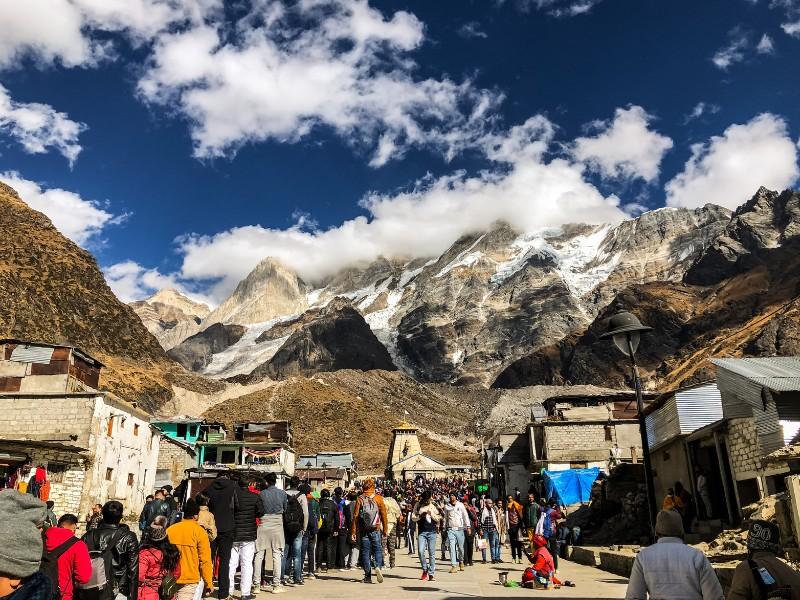
Accommodation and Budget Guide
Kedarnath offers accommodation options ranging from basic guesthouses to more comfortable lodges, though luxury options are limited due to the remote location and pilgrimage nature of the destination. Most accommodations are concentrated in Gaurikund and Kedarnath town, with many establishments run by local families who provide warm hospitality and home-cooked meals.
| Hotel Type | Average Price/Night | Best Area to Stay |
|---|---|---|
| Budget | ₹1,500-₹2,500 | Gaurikund, near trekking base |
| Mid-Range | ₹2,500-₹4,500 | Kedarnath town, near temple |
| Guesthouses | ₹1,000-₹2,000 | Local family-run accommodations |
Budget accommodations in Gaurikund provide excellent value and serve as ideal starting points for the trek. These guesthouses typically offer basic but clean rooms and hearty meals that fuel your journey. Mid-range options in Kedarnath town near the temple provide better comfort after completing the trek, allowing you to recover and prepare for your return journey.
Booking accommodations well in advance is essential, particularly during peak pilgrimage season from May to June and September to October when pilgrims flood the region. Many guesthouses accept online bookings through tourism websites, though some operate on first-come-first-served basis. Consider staying with local families who often provide authentic experiences and generous meals at reasonable rates. Off-season visits offer significant discounts and provide more peaceful experiences with fewer crowds.
Sample Itinerary for Kedarnath
Day 1: Arrival and Acclimatization
Arrive at Gaurikund early in the morning and check into a guesthouse. Spend the day acclimatizing to the altitude and exploring Gaurikund’s local market. Visit the sacred springs and bathe in the warm waters believed to have medicinal properties. Participate in evening prayers at the local temple and enjoy traditional Himalayan dinner. Rest early to prepare for the trek ahead.
Day 2: Gaurikund to Kedarnath Trek
Begin trekking early morning from Gaurikund toward Kedarnath via the scenic mountain trail. Take regular breaks at scenic viewpoints including Rambara and Kedarprayag to rest and enjoy packed meals. Continue ascending through forested terrain with glimpses of mountain peaks becoming more prominent as you gain altitude. Arrive at Kedarnath by afternoon and check into accommodation near the temple. Visit the temple for evening Aarti ceremony.
Day 3: Temple Darshan and Exploration
Wake early for morning prayers at Kedarnath Temple and participate in the spiritual atmosphere of thousands of pilgrims seeking blessings. Explore the temple complex and learn about its ancient architecture and religious significance. Visit nearby areas including Bhairav Temple and sacred pilgrimage spots. Rest at your accommodation and participate in evening prayers. Enjoy conversations with fellow pilgrims sharing their spiritual journeys.
Day 4: Kedarnath Peak Viewpoint and Local Exploration
For experienced hikers, attempt the trek to Chopta Alpine Meadow offering stunning views of Kedarnath Peak and surrounding mountains. Alternatively, explore nearby trails at your own pace, enjoying the pristine mountain environment. Visit local ashrams and engage in meditation or yoga practices. Photography of the mountain landscape at different times of day. Rest and prepare for the return journey.
Day 5: Return Journey and Departure
Begin the descent from Kedarnath to Gaurikund early morning, taking the trek at a comfortable pace. Stop at scenic viewpoints for photography and to appreciate the landscape from different perspectives. Reach Gaurikund by afternoon and rest at your accommodation. Enjoy a final evening exploring local markets and purchasing handicrafts and souvenirs. Depart for your onward journey.
Kedarnath is not just a pilgrimage destination; it’s a journey of devotion, courage, and discovery. Every mountain trail, temple bell, and prayer echoes a story of faith and resilience.
From spiritual seekers to adventure enthusiasts, everyone finds their own reason to fall in love with Kedarnath. Plan your trip thoughtfully, travel responsibly, and let the Himalayas bless you with their eternal calm.
Support local communities through your spending choices and respectful interactions that honor their traditions and way of life. Start planning your transformative journey to Kedarnath today by exploring our Best Places to Visit Guides for comprehensive travel resources and personalized itinerary suggestions that will make your pilgrimage truly memorable.
For official information about Kedarnath temple timings, pilgrimage guidelines, and travel advisories, visit the official Uttarakhand Tourism website.
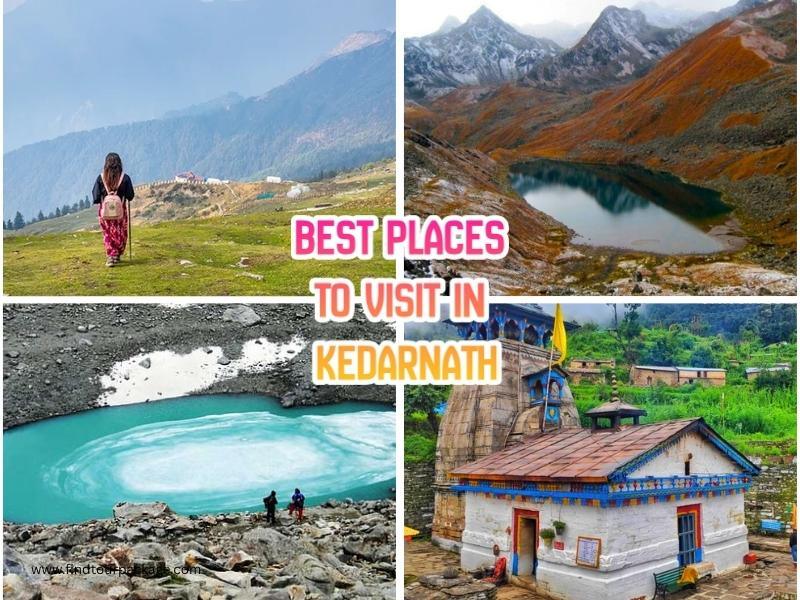
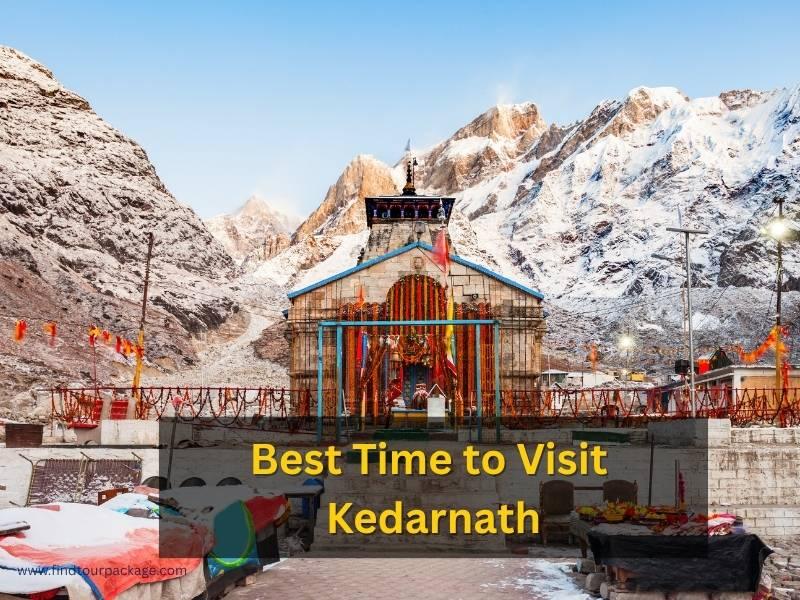
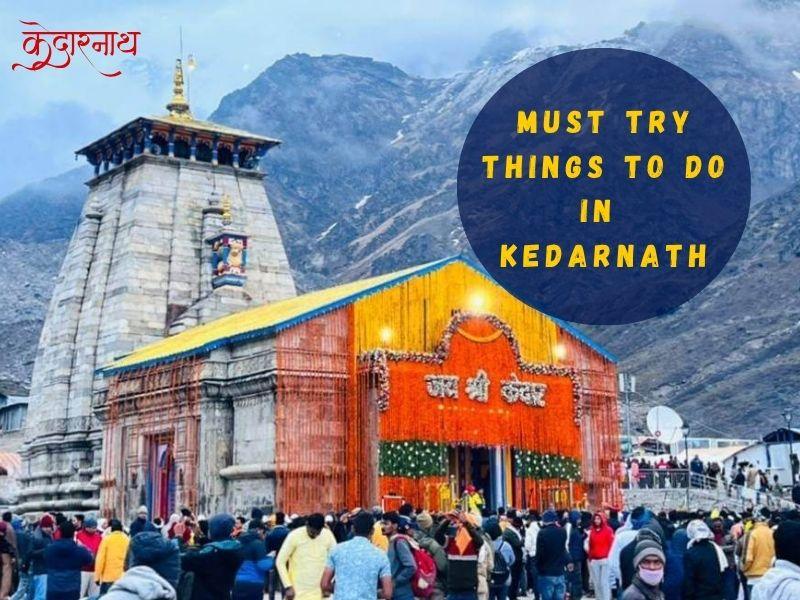






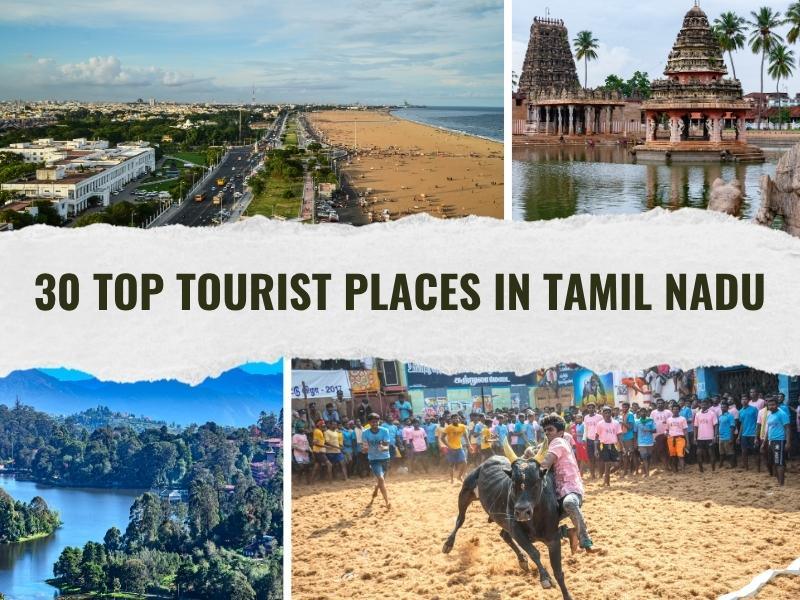

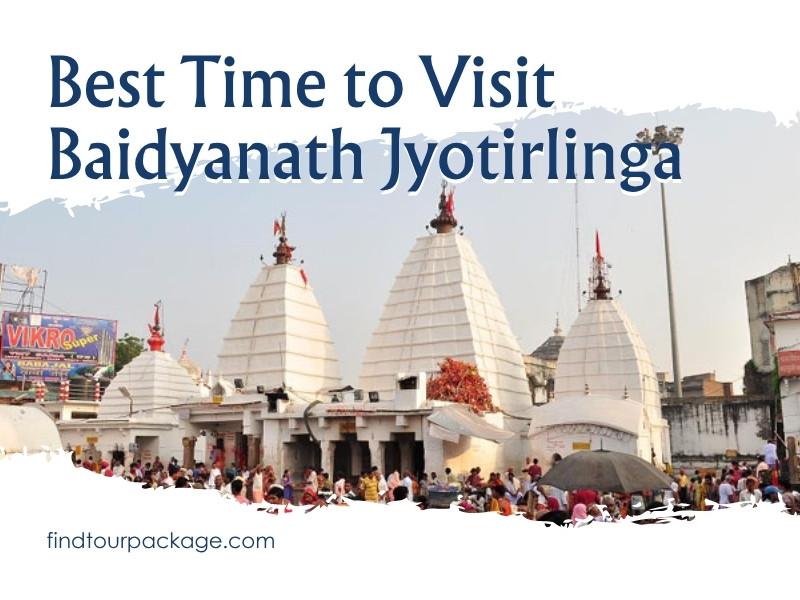



Leave a Comment